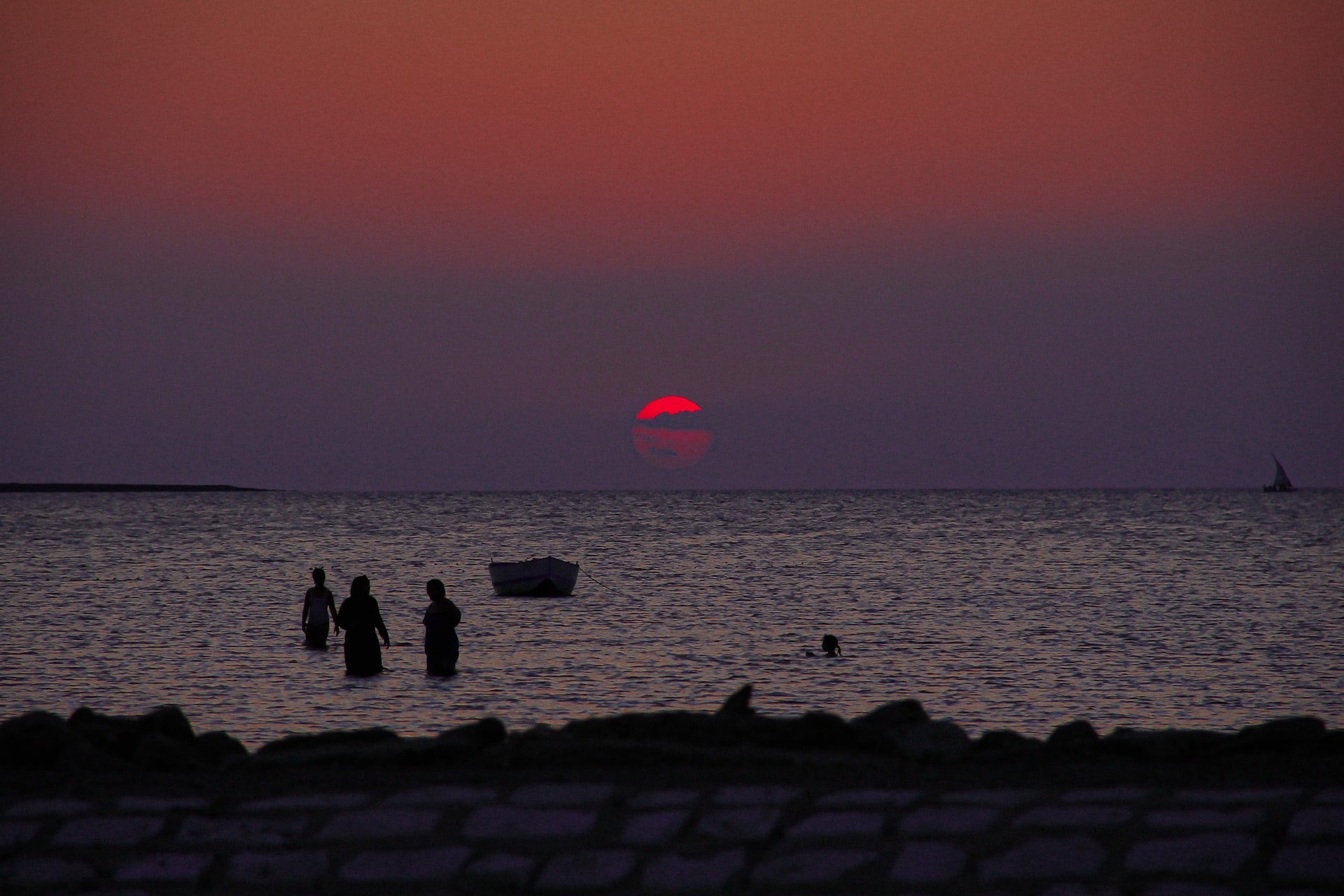Seoul weather is a fascinating topic for many reasons. The city experiences a wide range of temperatures and precipitation levels throughout the year, making it a destination that can be enjoyed in any season. However, depending on your preferences, certain times of the year may be more ideal for your visit. In this blog post, we will take a comprehensive look at the weather in Seoul, including average temperatures, precipitation levels, and the best time of the year to visit.
Located in the northwest of South Korea, Seoul has a humid continental climate, characterized by four distinct seasons. The city experiences warm summers and cold winters, with spring and fall being milder seasons. The average temperature in Seoul ranges from -6°C (21°F) in January to 27°C (81°F) in August. The city also receives a significant amount of precipitation, with an annual average of 1,250 mm (49 inches).
The table below shows the monthly average temperature and precipitation levels in Seoul. Please note that this is just an average, and actual weather conditions may vary.
| Month | Low (°C) | High (°C) | Low (°F) | High (°F) | Rain (%) |
|---|---|---|---|---|---|
| January | -7 | 0 | 19 | 32 | 40 |
| February | -6 | 2 | 21 | 36 | 35 |
| March | -1 | 8 | 30 | 46 | 35 |
| April | 5 | 15 | 41 | 59 | 35 |
| May | 11 | 22 | 52 | 72 | 40 |
| June | 16 | 25 | 61 | 77 | 55 |
| July | 20 | 28 | 68 | 82 | 60 |
| August | 20 | 28 | 68 | 82 | 65 |
| September | 16 | 25 | 61 | 77 | 60 |
| October | 9 | 18 | 48 | 64 | 50 |
| November | 1 | 9 | 34 | 48 | 40 |
| December | -4 | 3 | 25 | 37 | 35 |
So when is the best time to visit Seoul? It depends on what you’re looking for. Spring (March-May) is a great time to visit if you want to see the cherry blossoms in full bloom. The temperature is mild, and the city is filled with vibrant colors and fragrances. However, be prepared for occasional rain showers.
Summer (June-August) is the hottest and most humid time of the year in Seoul, with temperatures often reaching 30°C (86°F) or higher. It is also the peak tourist season, so expect crowds and higher prices. On the other hand, if you’re a fan of outdoor activities, this is the perfect time to visit. The city has many parks and outdoor spaces to enjoy, and the night markets are a must-see.
Fall (September-November) is another great time to visit, as the temperature cools down, and the city is less crowded than in the summer. The fall foliage in Seoul is also spectacular, with the city’s many parks and gardens turning into a sea of red and gold. However, be prepared for occasional rain and typhoons in September and October.
Winter (December-February) is the coldest time of the year in Seoul, with temperatures often dropping below freezing. The city also receives a significant amount of snow, making it a winter wonderland. While it may not be the best time for outdoor activities, it’s a great time to experience Seoul’s indoor attractions, such as its museums, art galleries, and shopping centers.
In conclusion, the best time to visit Seoul depends on your personal preferences and what you’re looking for. Each season has its own charm and offers a different experience. Keep in mind that the weather can be unpredictable and can vary from year to year. It’s always a good idea to check the forecast before your trip and pack accordingly.



